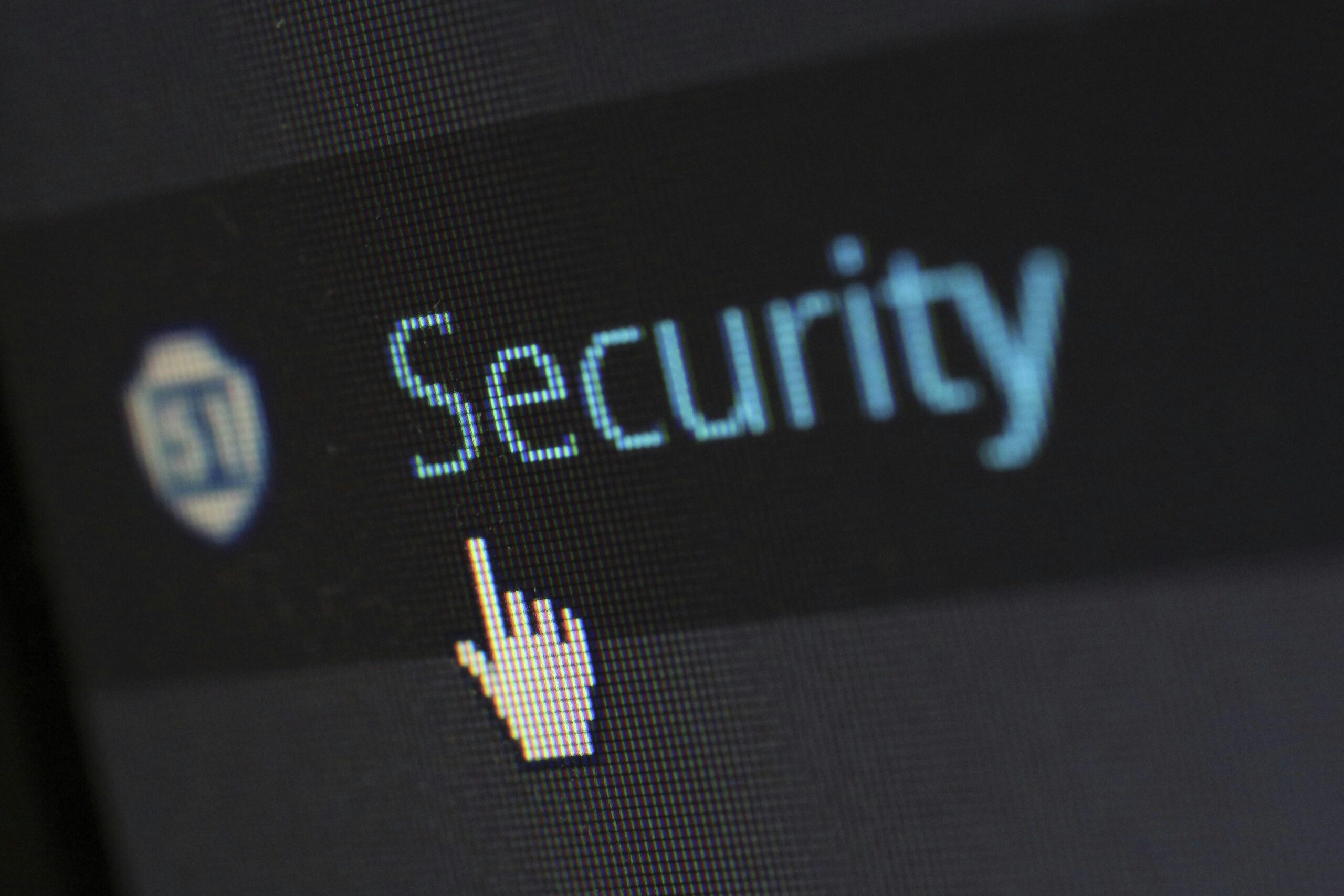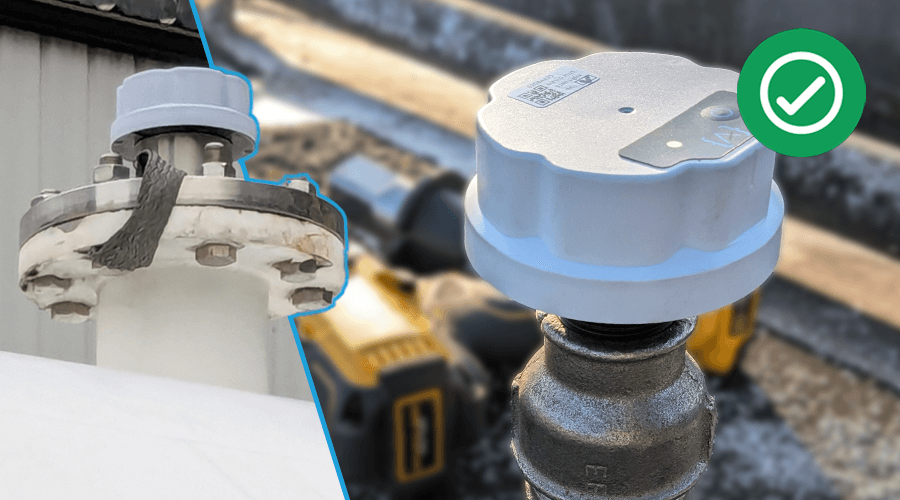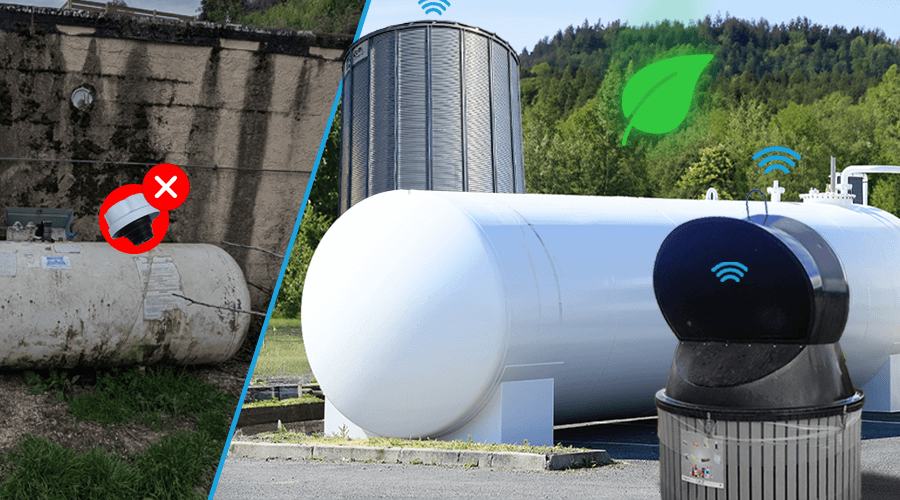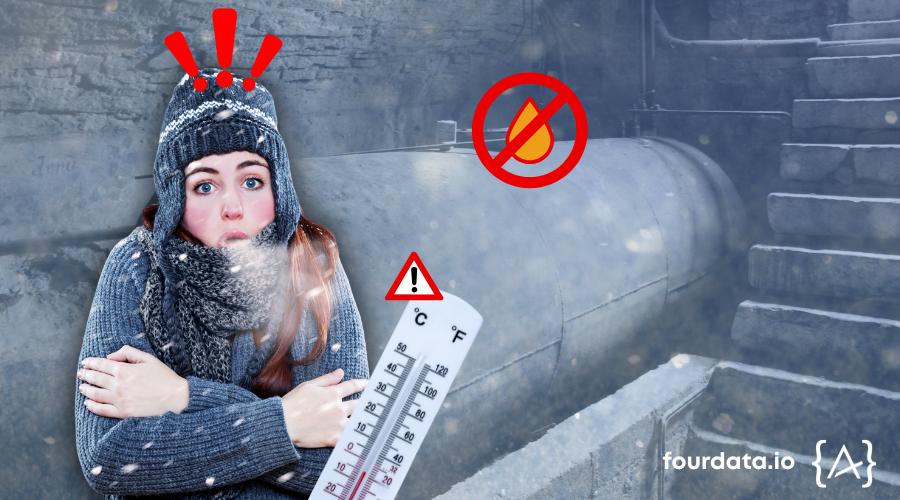Securing Data in an Ultra-Connected World
Summary
- Introduction: The Hyperconnected Era, a New Challenge for Cybersecurity
- Specific Risks to IoT Data
- How to Effectively Secure IoT Data
- Securing Data: How Four Data Embeds Cybersecurity in IoT Solutions
- The Future of IoT Security: Trends and Perspectives
- Conclusion: Data Security, the Pillar of Tomorrow’s IoT

Introduction: The Hyperconnected Era, a New Challenge for Cybersecurity
Today, the world is increasingly structured around connected objects. From industry to agriculture, and energy to logistics, IoT sensors collect billions of data points every day. This continuous flow of information is crucial for managing, optimizing, and forecasting activities across sectors. However, this ultra-connectivity significantly amplifies cyber threats. Securing data has thus become a critical issue to safeguard confidentiality, integrity, and availability of infrastructures.
According to a 2024 Kaspersky report, attacks targeting IoT devices rose by 28% in a single year. This surge is directly linked to the increasing deployment of poorly secured IoT networks. Cybercriminals exploit any vulnerability, whether in the sensors themselves, communication protocols, or cloud servers processing the data.
Facing these growing threats, securing data generated by IoT systems has become an absolute priority. It now requires a comprehensive approach that integrates technical, organizational, and regulatory measures at every level of IoT architecture.
In this article, we will analyze the specific risks associated with IoT data, explore best practices for securing it, and demonstrate how Four Data integrates cybersecurity into its connected solutions.
For an in-depth understanding of IoT security measures, refer to Microsoft’s guide on Security best practices for IoT solutions.
Specific Risks to IoT Data
Massive Exposure of IoT Sensors
IoT sensors are often deployed in open, unsecured environments: rural areas, isolated warehouses, gas stations, agricultural fields. This exposure makes them vulnerable to physical tampering. A compromised sensor can serve as an access point to an entire network.
The explosion in the number of connected devices amplifies the attack surface. Each additional sensor represents a new potential entry for attackers. Weak authentication, outdated firmware, or insecure communication protocols are critical vulnerabilities that must be addressed.
Interception of Communications and Data Tampering
Data traveling between sensors and cloud platforms is vulnerable to interception (man-in-the-middle attacks). Hackers can access, modify, or inject false information into management systems, leading to wrong decisions or operational disruptions.
Without strong encryption and authentication mechanisms, the reliability of the entire system is compromised. Given how decision-making can rely on real-time sensor data, the consequences of tampering can be serious, both financially and in terms of safety.
Threats to Centralized Infrastructure
Beyond field devices, cloud platforms used to aggregate and process IoT data are prime targets for cyberattacks. A successful breach could grant access to vast datasets or control over critical operations. Poorly secured cloud environments expose organizations to data theft, service disruptions, and potentially catastrophic financial losses.
This is why securing data is no longer optional—it is fundamental to the resilience of IoT ecosystems.

How to Effectively Secure IoT Data
Implementing Security by Design
Security must be embedded from the earliest stages of IoT device design. Choosing certified sensors, ensuring physical protection, and enforcing strong device authentication policies are crucial. Communications must be encrypted using robust standards like TLS 1.3 or DTLS.
By embedding cybersecurity measures at the design phase rather than as an afterthought, organizations can dramatically reduce vulnerability exposure.
Enabling End-to-End Data Encryption
Ensuring data security requires end-to-end encryption, meaning data is encrypted at the sensor level and remains protected until it reaches its final destination.
Strong key management practices—such as regular key rotation and strict access controls—are vital to maintaining confidentiality and preventing breaches.
Keeping Firmware Updated
Regular firmware updates are critical to patch vulnerabilities and strengthen IoT device defenses. Without consistent updates, networks become easy prey for cyberattacks.
Automated Over-The-Air (OTA) update mechanisms allow secure, efficient deployment of critical security patches across all connected devices.
Continuous Monitoring and Auditing
Real-time monitoring of network behavior, access attempts, and data anomalies is essential to detecting early signs of intrusion. Behavioral analytics (UEBA) and specialized IoT intrusion detection systems (IDS/IPS) must be deployed.
Periodic third-party security audits validate the effectiveness of protection measures and enable adaptation to emerging cyber threats.
Securing Data: How Four Data Embeds Cybersecurity in IoT Solutions
Security Integrated by Design
At Four Data, cybersecurity is built into every connected solution. All IoT sensors are equipped with strong authentication mechanisms and embedded encryption capabilities.
From data collection to storage and analysis, communications are encrypted and comply with the latest cybersecurity standards.
Robust European Cloud Infrastructures
All data collected by Four Data is stored on European-based cloud infrastructures, ensuring GDPR compliance. Servers maintain high-security certifications (ISO 27001, HDS) and implement strict access management policies using multi-factor authentication (MFA).
Identity and Access Management (IAM) practices limit user and application permissions to the absolute minimum needed, reducing risks of unauthorized access.
Tailored Cybersecurity Support
Four Data goes beyond providing devices and software. The company assists clients with comprehensive cybersecurity strategies, including audits, customized protection plans, and staff training on secure infrastructure management.
This holistic approach ensures IoT deployments are secure from the outset and remain resilient against evolving threats.

The Future of IoT Security: Trends and Perspectives
Rise of Edge Computing
As the volume of IoT data continues to explode, edge computing—processing data near the source—will become standard. This reduces latency and dependence on centralized cloud infrastructures, enhancing responsiveness and resilience.
Edge intelligence will empower IoT systems to make local, real-time decisions while minimizing exposure to remote attack vectors.
Integration with Digital Twins
IoT solutions will increasingly feed into digital twin models, offering dynamic simulations of physical infrastructures like pipelines, warehouses, or gas stations.
These virtual replicas allow operators to anticipate incidents, optimize asset management, and plan strategic investments based on real-world sensor data.
AI-Driven Cybersecurity
Artificial intelligence will be pivotal in the future of securing data. AI-powered systems will analyze trends, detect anomalies, and automate threat response, creating more proactive, resilient cybersecurity frameworks for IoT ecosystems.
Conclusion: Data Security, the Pillar of Tomorrow’s IoT
In an increasingly connected world, securing data is a strategic imperative. Trust in IoT systems, operational resilience, and economic sustainability hinge on protecting the integrity and confidentiality of information flows.
Through comprehensive security strategies embedded in its solutions, Four Data empowers industries and territories to embrace IoT innovation safely. In this hyperconnected age, cybersecurity is not just a technical concern—it’s the foundation of a sustainable digital future.
Check our last article.
You may also be interested in these articles :








